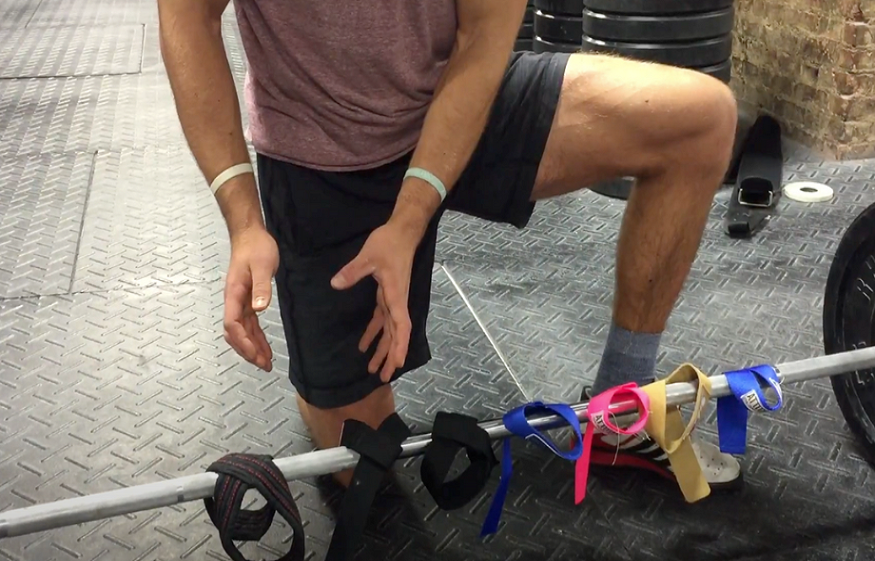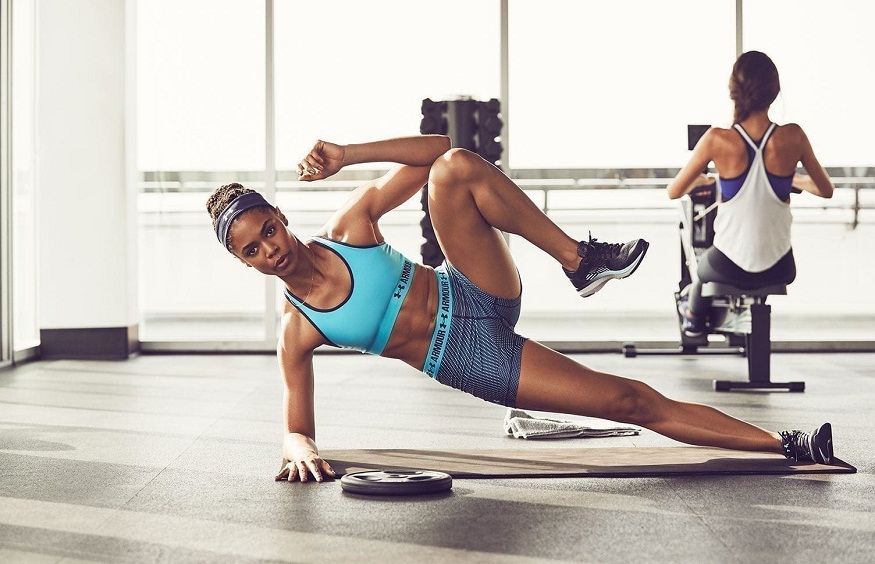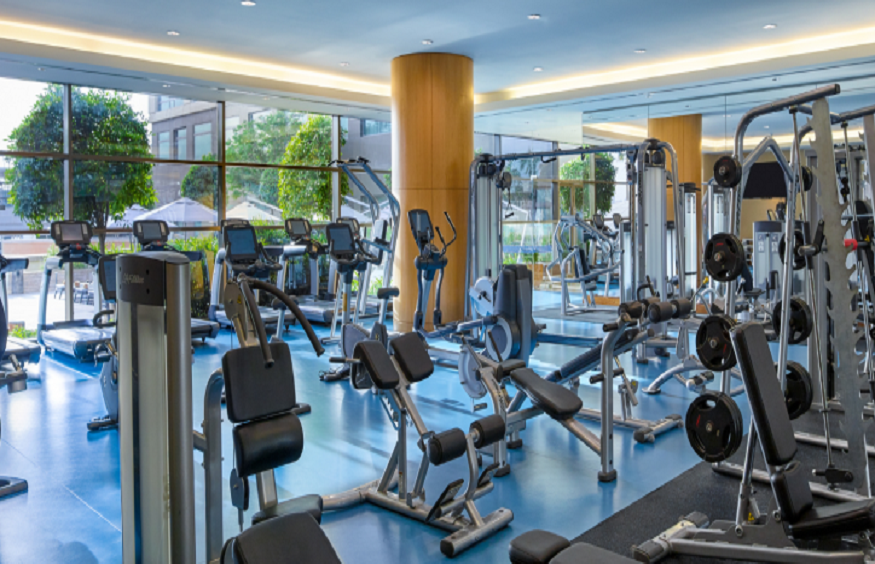
In the unforgiving world of strength training and best weightlifting grips, the battle for a stronger, more powerful physique is often won or lost in the details. While we obsess over proper form, progressive overload, and the perfect diet, one of the most fundamental barriers to progress is often overlooked: the grip. A failing grip can prematurely end a set, compromise form, and ultimately limit the amount of weight you can lift. For decades, the solution has been simple chalk—a trusty powder that absorbs moisture and enhances friction. However, as the demands of modern training have evolved, a more advanced solution has emerged. Weightlifting grips, often seen as a contemporary alternative to chalk, are not just a supplement; they are a transformative tool that can unlock new levels of performance, safety, and comfort in your lifting journey.
While chalk has its place, it is a one-dimensional solution. It addresses moisture, but it does little to alleviate the physical stress on the hands, provide a secure mechanical connection to the bar, or address the issue of fatigue. Weightlifting grips, on the other hand, are a multi-faceted piece of equipment designed to address these and other common challenges faced by serious lifters.
The Problem with a Failing Grip
Imagine you are at the apex of a deadlift, your body aligned, your legs powerful, and your back straight. Since moving the weight along the floor is a task that exposes your hands to immense pressure, the hands start losing their grip. The bar slips, your form is compromised, and the set ends not because your legs or back failed, but because your grip gave out. This scenario is all too common for lifters who are progressing in strength. The muscles in your forearms and hands, while strong, are often the first to fatigue, becoming the weakest link in the kinetic chain.
This premature grip failure is a major inhibitor of progress. It prevents you from training the larger muscle groups—your back, legs, and core—to their full potential. Without a strong grip, you can never truly find your one-rep max on lifts like the deadlift, shrugs, or heavy rows. Your lifts are limited not by your strength, but by the endurance of your grip. This is where the strategic use of weightlifting grips comes in as a game-changer, ensuring that your hands are not the limiting factor in your training.
A Secure, Mechanical Connection to the Bar
Weightlifting grips are designed to create a secure, mechanical link between your hand and the bar. Unlike straps that require you to wrap and tighten, most modern grips feature an ergonomic design that allows for a quick, one-handed attachment to the barbell or dumbbell. This design provides a significantly larger surface area for grip, effectively transferring the load from your fingers and palms to the stronger parts of your forearm and wrist.
This enhanced connection allows you to lift heavier weights with confidence. The grips reduce the need for constant muscular contraction in your hands, delaying the onset of grip fatigue. With the fear of the bar slipping out of your hands removed, you can focus entirely on the primary muscles being worked. This focus on form and muscle engagement is crucial for stimulating muscle growth and breaking through strength plateaus. It allows you to push your body to its true limits, not just the limits of your grip strength.
The Smart Investment for Your Lifting Journey
The decision to use weightlifting grips is an investment in your training and your long-term progress. While chalk serves its purpose, it is a temporary, single-function aid. Weightlifting grips are a durable, multi-faceted piece of equipment that provides a mechanical advantage, protects your hands, and allows you to train more effectively.
For anyone who is serious about lifting heavier, breaking through plateaus, and maximizing their training potential, grips are an essential tool. They allow you to focus on the lift, the muscle, and the form, without the constant worry of your grip giving out. They are a clear step beyond the traditional and a firm embrace of a smarter, more effective way to train. So the next time you find your grip failing on a heavy lift, remember that the solution might not be more chalk, but a simple, strategic upgrade that can change your training journey forever.



